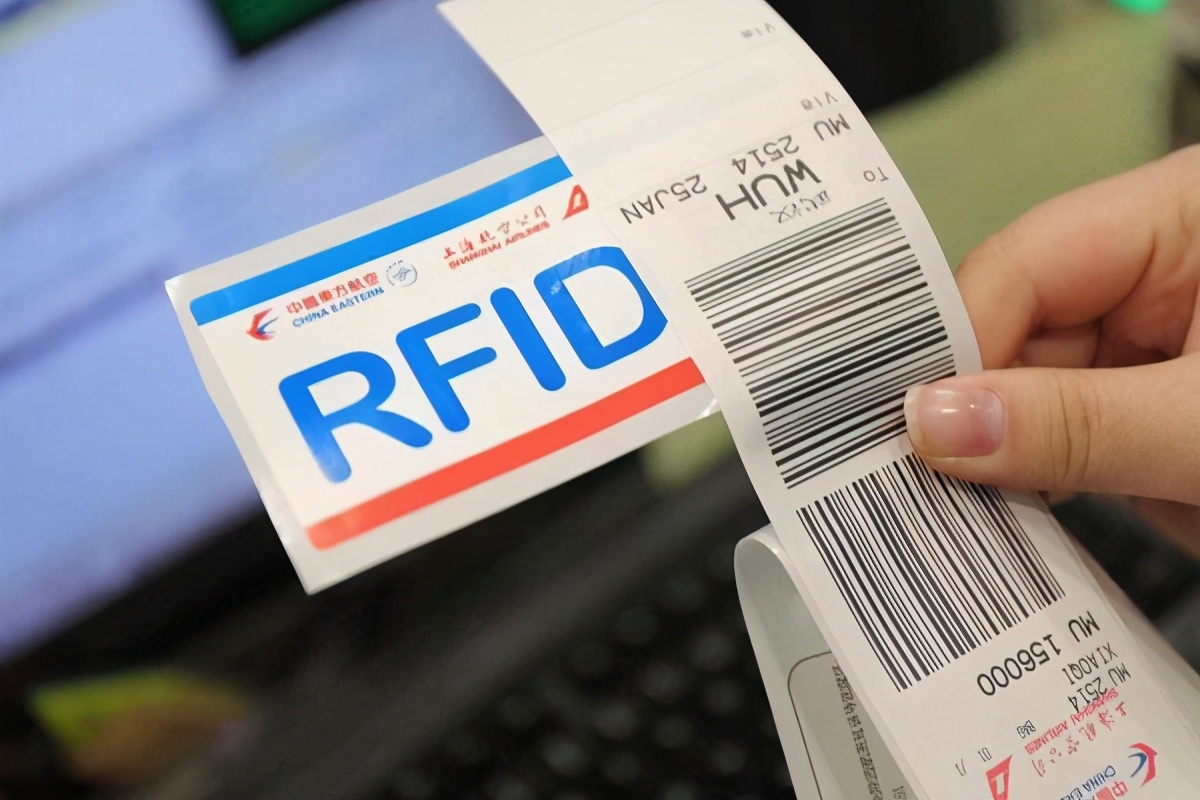7 major differences between RFID tags and barcodes
Barcode technology is the abbreviation for barcode automatic identification technology. It is a symbol automatic recognition technology that has emerged and developed on the basis of contemporary information technology. It can integrate functions such as symbol encoding, data collection, automatic recognition, input, and storage of information, effectively solving problems such as the collection and automatic input of large amounts of data in the logistics process.
Radio Frequency Identification (RFID) is a wireless communication technology that can identify specific targets and read and write relevant data through wireless signals, without establishing mechanical or optical contact between the identification system and specific targets. The radio signal is transmitted from the tag attached to the item through an electromagnetic field tuned to radio frequency, in order to automatically identify and track the item.

In fact, before the application of RFID technology, the recording and transmission of information mainly relied on barcodes. The advantages of using barcode recognition are flexible configuration, low system cost, but it is prone to contamination, damage, and complicated operation. Although RFID tags and barcodes are used to store product information, there are still seven differences between these two technologies:
1The storage capacity of data
The capacity of a one-dimensional barcode is 50 bytes, the maximum capacity of a two-dimensional barcode can store 2 to 3000 characters, and the maximum capacity of an RFID is several million bytes. With the development of memory carriers, there is also a trend of continuous expansion of data capacity. The amount of data that items need to carry in the future will continue to increase, and the demand for storage media to expand capacity will also correspondingly increase.
2Anti pollution ability and durability
The carrier of traditional barcodes is paper, which is prone to contamination, but RFID has strong resistance to substances such as water, oil, and chemicals. In addition, due to the fact that barcodes are attached to plastic bags or outer packaging cartons, they are particularly susceptible to breakage; RFID tags store data in the chip, thus avoiding contamination and extending its lifespan.
3External form
RFID is not limited by size or shape in reading, and there is no need to address the size or printing accuracy of the carrier for the sake of reading accuracy. In addition, RFID tags can be developed into miniaturization and diverse forms to be applied to different products.
4Security
Due to the fact that RFID carries electronic information, its data content can be protected by encryption technology, making it less likely to be forged or altered. Barcodes, on the other hand, are exposed physical information and often use universal coding rules, making data security impossible to guarantee.
5Efficiency of drawing
The frequency of barcode scanning recognition is limited, and only one barcode can be scanned at a time; The RFID reader can recognize and read multiple RFID tags simultaneously.
6Penetration and barrier free reading
When covered, RFID can penetrate non-metallic or non-transparent materials such as paper, wood, and plastic, and can perform penetrating communication. And barcode scanners must be at close range and unobstructed by objects in order to recognize barcodes.
7Reusable
The current barcode cannot be changed or reused after printing, which invisibly increases the cost for enterprises. RFID tags can repeatedly add, modify, and delete data stored in RFID tags, facilitating information updates.
